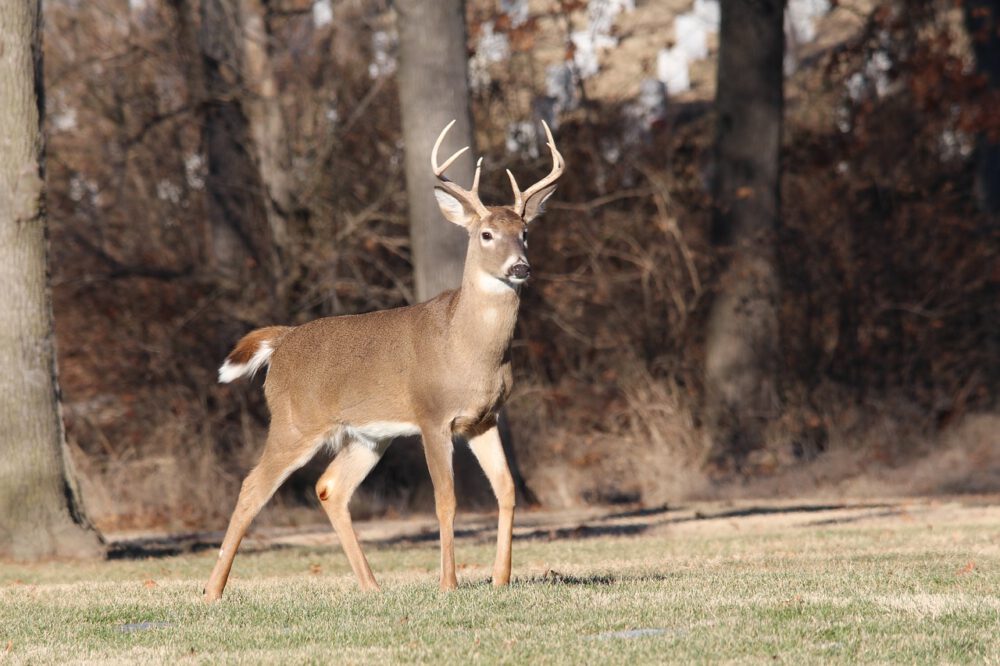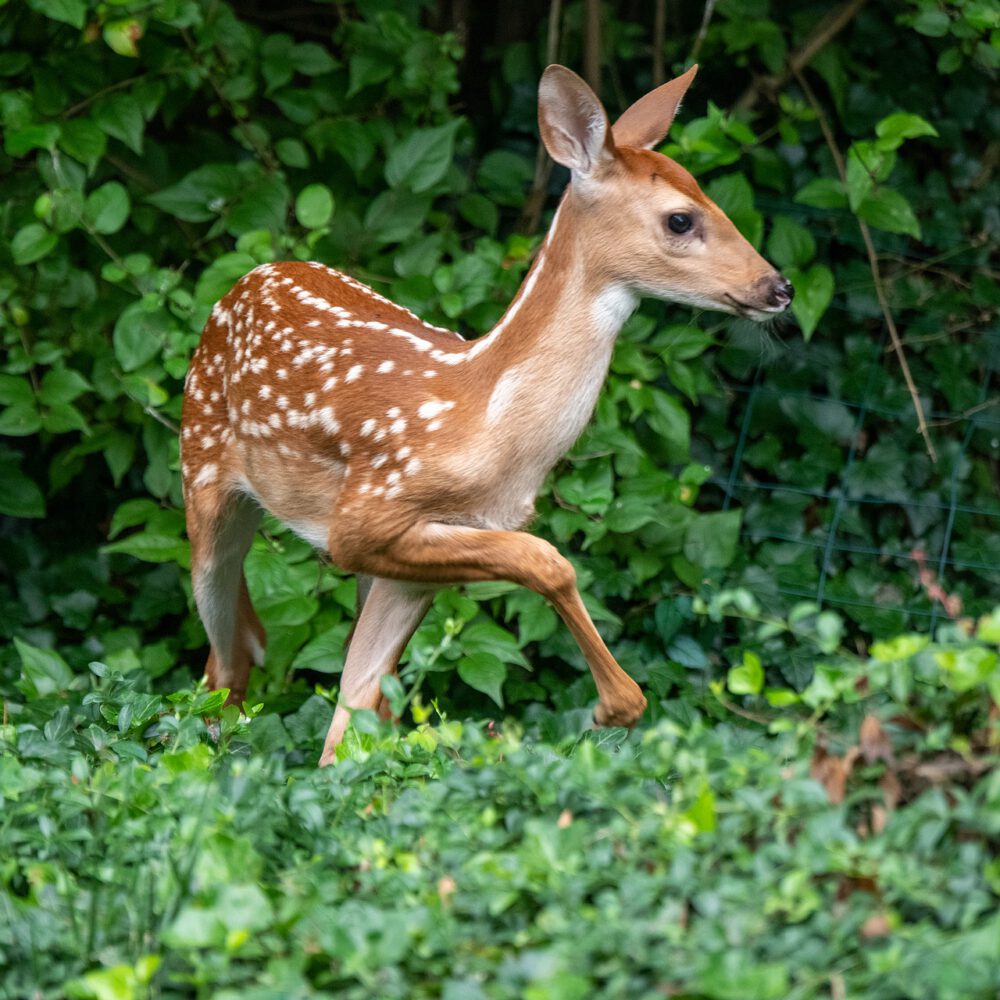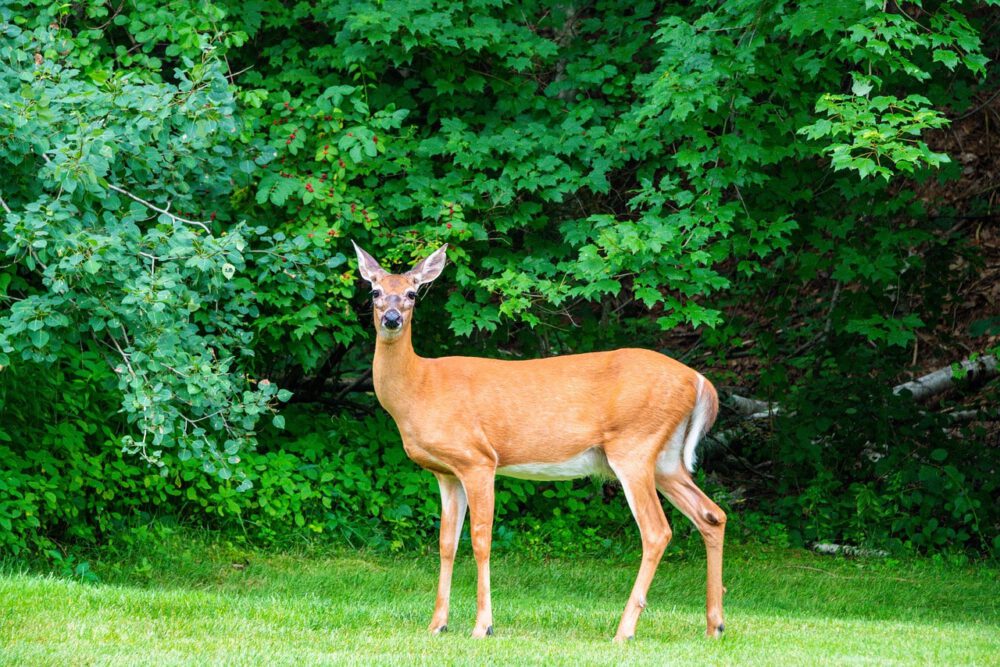All About the Whitetail Deer
The stunning and stoic Whitetail deer is the most common deer living in North America. You may better know them as Virginia deer or, simply, whitetail.
This beloved animal is, in fact, the inspiration for Bambi’s character in Disney’s Bambi. But that’s not the only reason why these deer are so special. Whitetail deer are keystone species.
National Geographic defines a Keystone species as:
An organism that helps define an entire ecosystem. Without its keystone species, the ecosystem would be dramatically different or cease to exist altogether.”
Whitetail deer may be valued and admired by most, but the continuous loss of habitat and overhunting threatens the survival of their species. Here on this Wildlife ID page from Covenant Wildlife Removal, you will discover more interesting facts about the Whitetail deer and just how important they are.
Read on to learn more about these incredible creatures.

Facts About the Whitetail Deer
Appearance
Depending on the season, you’ll spot a Whitetail deer in one of two coats – reddish-brown or thick gray. In the warmer spring and summer months, Whitetail deer are identified by their reddish-brown hair. They shed their red summer suits for a dense grayish-brown undercoat as temperatures cool for winter.
A Whitetail deer can weigh from 100 to 300 pounds and stand about three feet tall up to their shoulders. Females, or does, are typically smaller in size and weigh less than males or bucks.
The iconic velvet antlers are only found on bucks, except in the rarest of conditions. The fuzz on their antlers is not hair, as it may appear. Skin and blood vessels make up the unique velvety texture.
When a Whitetail deer senses danger, it will dash away, flashing the underside of its bright whitetail. This fascinating characteristic is where the deer gets its name.
Habitat
Whitetail deer are found all over the North American continent. Their range extends into Central America, South America, Europe, and Australia.
The prime environment for a Whitetail deer is an edge habitat. Edge habitats are where wooded areas meet open green spaces. Here, the deer can graze the grasses safely, with the forest only leaps away. You may also find the handsome Whitetail deer deep in forest brush, cropland, pasture, or even your very own backyard.
Diet
Whitetail deer live on a vegetarian diet. Their four-chambered stomachs make digesting their meals of plants and fungi possible.
According to the Maryland Department of Natural Resources,
Because of this special digestion process, it is generally not recommended to feed deer during the winter.”
If food sources are lacking, the Whitetail deer may feed on small birds or rodents out of desperation.
Some of the Whitetail deer’s main meals consist of the following:
- Nuts
- Berries
- Leaves
- Twigs
- Grasses
- Crops, like soybeans and corn
- Acorns
- Poison ivy
- Mosses
- Mushrooms
Behavior
When a baby deer, or fawn, is born, the mother will only visit about three times a day for grooming and nursing.
After about three weeks of this lonely routine, the fawn is strong enough to accompany its mother. The fawn will spend several months learning the essentials, like what to eat and how to identify danger. A male fawn is ready to leave its mother at one year old. Young female Whitetail deer often stay with their mother until two years of age.
A herd, mob, or gang is a gathering of Whitetail deer. Although the Whitetail is primarily a solitary animal, some specific occasions and conditions will bring them together.

Mating Season
The Whitetail deer’s mating season falls in October, November, and December. During this time, the deer will leave its lone lifestyle to find a suitable mate. The buck’s large velvet antlers establish dominance. Bucks will use their antlers in sparring matches with other bucks, competing to mate with the most does.
Feeding
Searching for food often calls for company, as well. Whitetail deer will feed before sunrise. At full daylight, they take a break, then begin the search again in the evening and into dusk. You may even spot a gathering of hundreds of deer as they graze open grass fields.
Communication
To communicate with one another, Whitetail deer have a few methods.
- Sound
- Odor
- Body language
- Scratches on a tree
Another form of communication is the deer’s unique tail. As mentioned earlier, the tail flips up as it dashes away, exposing the bright white coloring when faced with danger. The signal acts as a warning to any other deer nearby.

Have You Spotted Whitetail Deer in Your Backyard?
In most cases, the deer will stay away from your home. They notice the human scent left behind and typically avoid the space for weeks until it is safe to revisit. But with the rapid decline of suitable habitat, it’s not so rare to be surprised by a wandering White-tail deer nibbling on your lush landscape.
Certain plants and environments will attract Whitetail deer to your property. And while tempting, do not feed the deer. Their stomachs are specialized for their diet and feeding routine. Offering any food, including the vegetation they typically consume, is dangerous and potentially harmful for the deer.
It is best to leave them be.
If the deer is not welcome on your property, contact the experts at Covenant Wildlife Removal.
Every day we remove nests, pests, and critters of all sorts from Georgia homes. There is just about nothing we have not seen or removed. And if the animal is protected, we can relocate the critter to a shelter or state-approved area for rehabilitation and relocation.
Click here for a free inspection with our expert team of wildlife removal specialists. Covenant Wildlife Removal will be there right away for all your pest removal needs.
Covenant Wildlife Removal is a top-rated local family-owned, full-service wildlife trapping, removal, and repair service. In efforts to preserve the garden you worked so hard on, we will take care of safely removing the deer and give you the tools to prevent it from returning.
